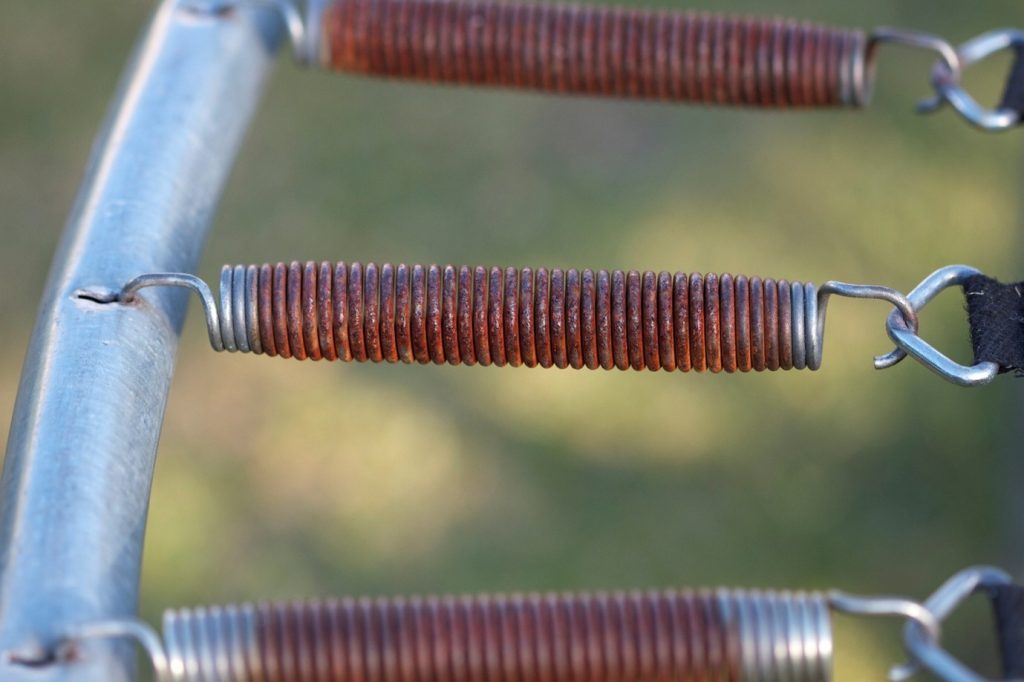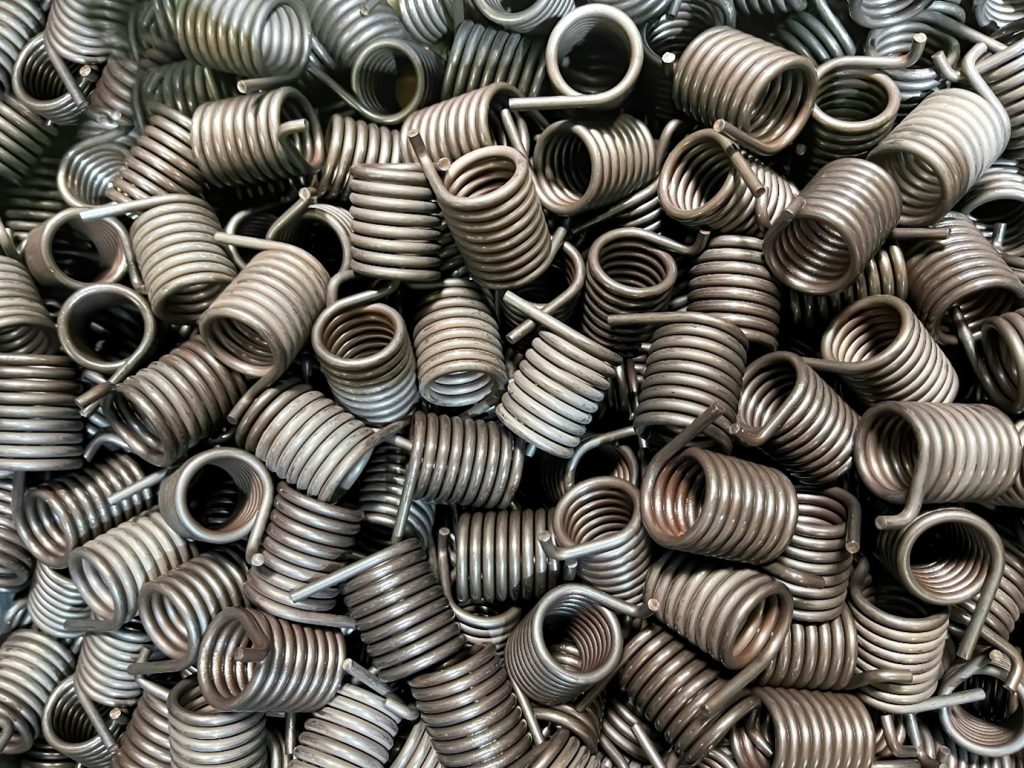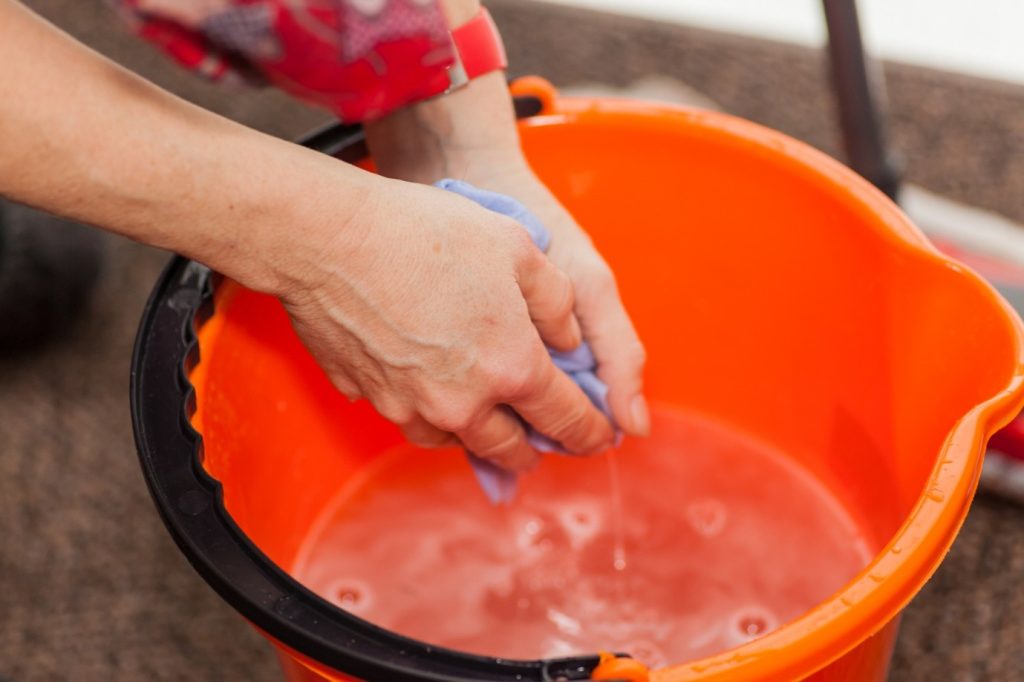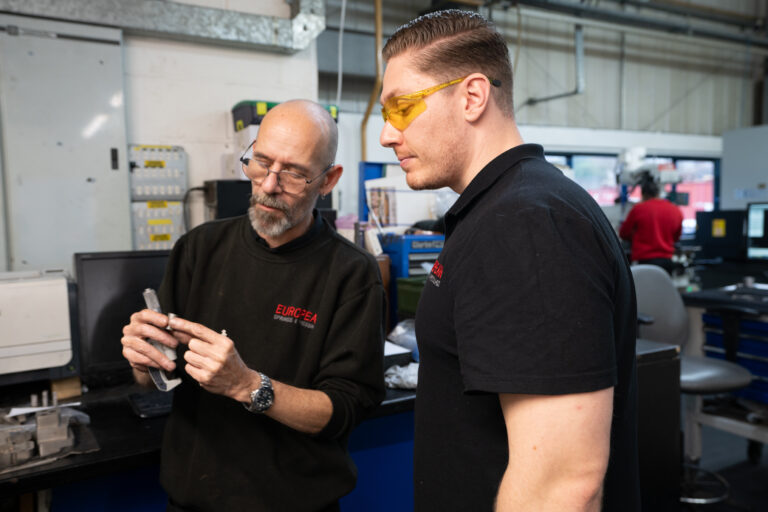The performance and longevity of a spring depend not only on its quality but also on proper maintenance and regular cleaning. Even a high-quality spring will degrade over time without proper care. By implementing the right maintenance practices, you can prevent deformation and ensure that you get the most out of your product.
In this blog, we’ll walk you through everything you need to know about cleaning and maintaining springs. From essential maintenance tips to a step-by-step cleaning guide, we’ve got you covered.

The Importance of Cleaning and Maintenance
All our springs and pressings are made from high-quality materials using advanced manufacturing processes, ensuring durability and long-lasting performance. However, cleaning and regular maintenance are important to keep your springs working excellently once implemented into your application.
Springs endure heavy loads and extreme forces, leading to repeated stress that can cause deformation, especially if overloaded. Additionally, dust, dirt, and grease can accumulate over time, gradually reducing efficiency. Regular cleaning helps prevent these issues and extends the lifespan of your springs.
Moreover, carrying out regular checks and maintenance on your springs helps identify any potential problems before they lead to more significant issues. By catching issues early, necessary repair takes place, and ultimately your mechanism functions as best as possible.
In many industries, like food preparation or healthcare, there are strict regulations in place regarding the hygiene of different components like springs and stampings, so it’s vital for businesses to adhere to these.

How to Maintain Springs
If you want to make sure that your springs are working as they should be and that they will continue to deliver exceptional results, there are certain maintenance practices to keep in place:
- Check the Conditions: Different Spring types and materials are designed for specific environments. Exposure to unsuitable conditions, such as extreme temperatures, moisture, or chemicals, can compromise performance. Stainless steel springs are particularly resistant to harsh environments, so if your spring is made from a less durable material, it may require replacement.
- Regular Inspections: Take the time to regularly inspect your springs for any wear and damage. When performing an inspection, check for any visible wear, corrosion, deformation, or bending in the spring. You may also wish to measure the spring length, diameter, and wire size to make sure the springs are managing the load and their environment correctly.
- Load Testing: Springs must withstand their designated load to prevent deformation or failure. Regularly check that they are not being overloaded and that they comply with the manufacturer’s specifications to maintain reliability and longevity.
- Documenting Maintenance: Maintain a record of all inspections, repairs, and replacements. Consistent documentation helps track wear over time, identify recurring issues, and determine when a spring needs replacing.
These are just a few maintenance procedures to implement to ensure that your springs are working as they should be. Introducing these practices should help to identify how regular inspections and cleaning need to be taking place, such as daily, weekly, or monthly.

How to Clean Your Springs
Part of the maintenance procedure must include regular and thorough spring cleaning. However, springs can often be small components with complex structures, so having the correct steps to clean them is vital. Here is a brief tutorial for cleaning your springs:
- Using a small brush, gently remove any dirt, dust, or debris from the spring, ensuring that you get into all the coils and grooves.
- Start to wash the springs with a bucket of soap and water and pay close attention to the coils and hard-to-reach areas.
- Rinse the spring thoroughly to remove any remaining soap and dry the spring using a microfibre cloth. Make sure that the spring is fully dry before finishing, as any remaining liquid has the potential to cause rusting.
- If desired, lightly lubricate the spring using an approved spring lubricant. Be sure not to over-lubricate, as too much oil can cause buildup on the spring.
When cleaning, avoid using harsh chemicals and handle them gently so that they don’t experience any wear during the cleaning process.

Cleaning and maintaining high-performance springs is crucial for their longevity and efficiency. By conducting regular inspections, cleaning, and adhering to proper maintenance practices, you ensure that springs and pressings perform as they should, preventing costly repairs later on. It’s also important to select a springs manufacturer that uses high-quality materials and manufacturing, to reduce the chance of deformation and spring failure. To learn more about how we make our springs, please get in touch.







